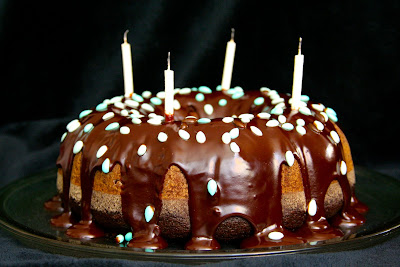Makes 3 dozen
These treats are perfect for those with limited time and talent
for complicated holiday baking. They can even be made on Christmas Eve with minimal effort! Haystacks are also ideal for cooking with
children. Since they can be stored in
the refrigerator for up to two weeks, they can be made before the holiday
madness begins.
My mother-in-law fell in love with haystacks on her travels,
and she asked me to make them for Hanukkah.
After some web sleuthing, I developed the following recipe. Other versions contain dry chow mein noodles
or pretzel sticks instead of coconut.
They can also be enhanced with roasted nuts of any type (peanuts,
cashews, pistachios, pecans), marshmallows, butterscotch chips, and sea salt.
Ingredients
6 cups sweetened coconut
1 pound semisweet chocolate chips or vegan carob chips
1/4 teaspoon almond extract (optional)
1/2 cup almonds or other nuts (optional)
Directions
1.
Toast coconut on a large rimmed baking sheet at
350F. Check it regularly and remove when
it is fragrant and has turned slightly brown.
Do not leave too long or it will burn.
Remove and set aside.
2.
On the same baking sheet, toast almonds for
10-15 minutes until brown and fragrant.
Remove and set aside.
3.
In a large glass bowl, melt chocolate chips in
the microwave. Heat for 60 seconds and
stir, continue heating for 15 seconds and stirring until the chips have
melted. Mix in almond extract.
4.
Add toasted coconut to the chocolate and mix
well using a spoon or your hands.
5.
Line the baking sheet with parchment and make
haystacks with 2 teaspoons of batter each.
Top with an almond.
6.
Refrigerate for 20 minutes until firm. Keep in an airtight container for up to 2
weeks.









